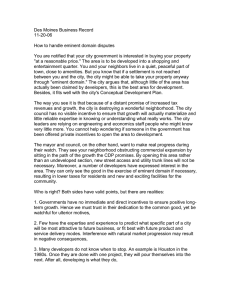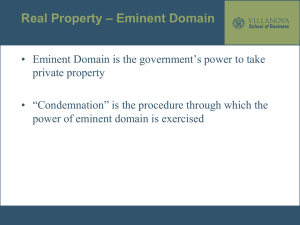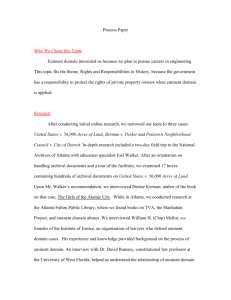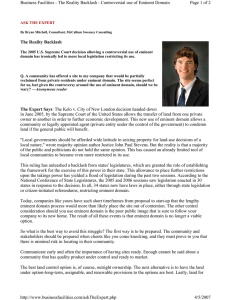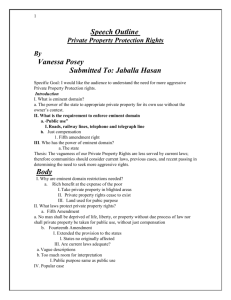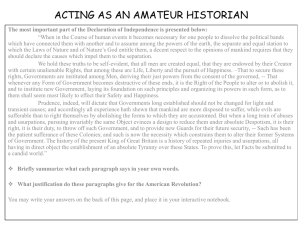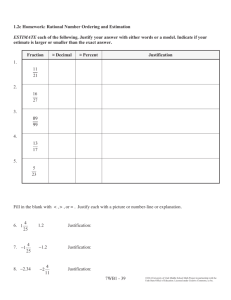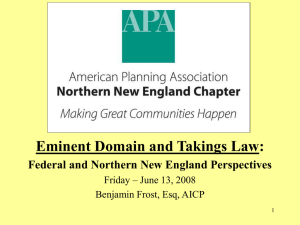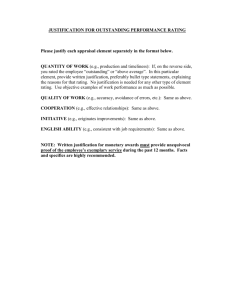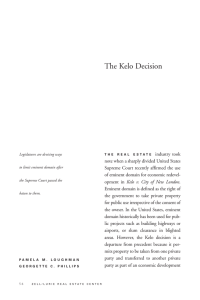HERE
advertisement
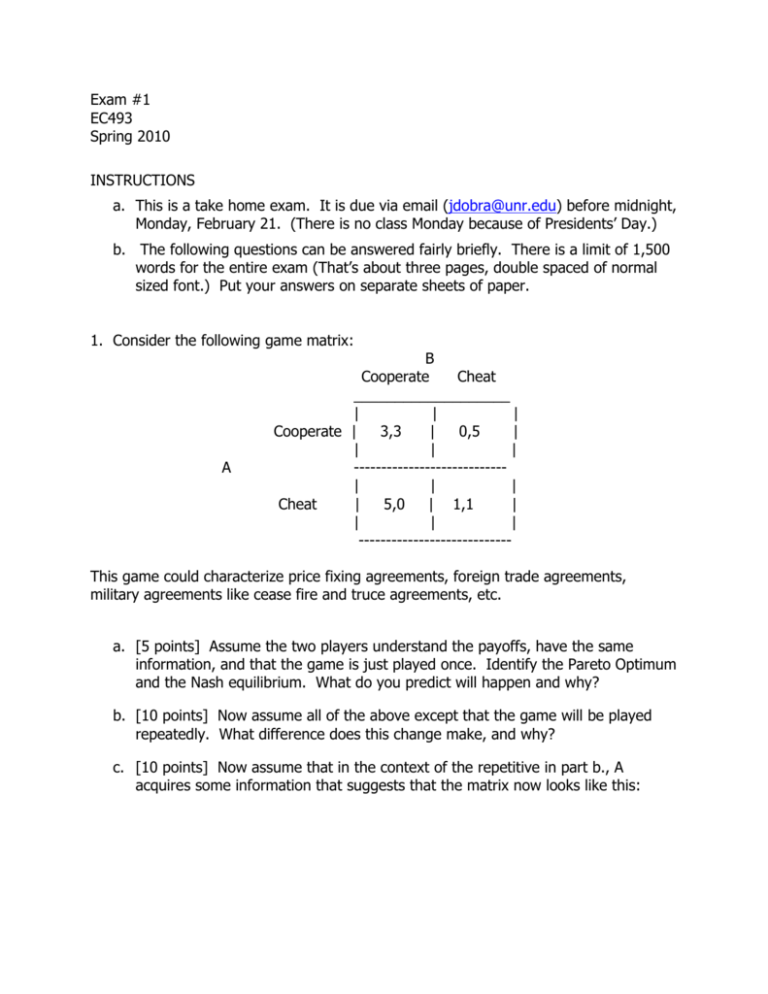
Exam #1 EC493 Spring 2010 INSTRUCTIONS a. This is a take home exam. It is due via email (jdobra@unr.edu) before midnight, Monday, February 21. (There is no class Monday because of Presidents’ Day.) b. The following questions can be answered fairly briefly. There is a limit of 1,500 words for the entire exam (That’s about three pages, double spaced of normal sized font.) Put your answers on separate sheets of paper. 1. Consider the following game matrix: A B Cooperate Cheat ___________________ | | | Cooperate | 3,3 | 0,5 | | | | ---------------------------| | | Cheat | 5,0 | 1,1 | | | | ---------------------------- This game could characterize price fixing agreements, foreign trade agreements, military agreements like cease fire and truce agreements, etc. a. [5 points] Assume the two players understand the payoffs, have the same information, and that the game is just played once. Identify the Pareto Optimum and the Nash equilibrium. What do you predict will happen and why? b. [10 points] Now assume all of the above except that the game will be played repeatedly. What difference does this change make, and why? c. [10 points] Now assume that in the context of the repetitive in part b., A acquires some information that suggests that the matrix now looks like this: A B Cooperate Cheat __________________ | | | Cooperate | 10,10 | 5,15 | | | | ---------------------------| | | Cheat | 15,5 | 5,5 | | | | ---------------------------- Should A share the information with B? What do you predict will happen and why? d. [10 points] Provide an example of the scenario described in part c. Explain. 2. One of the essential functions of most constitutions (and the U.S. Constitution in particular) is the protection of private property rights. Yet, even the U.S. Constitution anticipates the taking of property using eminent domain, a longstanding right of the sovereigns to take private property in the Fifth Amendment by requiring compensation for taking private property. a. [10 points] Is there an economic justification for eminent domain? Or, is it just an example of what William Wordsworth described in “Rob Roy’s Grave”: “Let him take who has the power, “Let him keep who can.” Explain. b. [10 points] Recent examples of the use of eminent domain include condemning private property for private use (See Kelo v. New London (2005)). Is there an economic justification for these instances? Explain. c. [10 points] It is fairly common for private industries such as railroads, mining, and other companies to be granted rights of eminent domain. The Nevada Legislature is currently considering a bill to strip eminent domain rights from mining companies and beet growers (really). Is there an economic justification for these instances? Explain. d. [10 points] Some people are restricted in the use of their property, although they get to keep it for some uses. Examples include zoning laws, restrictions to protect endangered species, etc. Is there an economic justification for these instances? Explain. 3. A “Commons” good is characterized by open access and congestibility. a. [10 points] distinguish a “commons” good from a “club” good. b. [10 points] How would you characterized the following “goods” in terms of commons, club, or other kind of public good? Explain. A public street A river A public swimming pool Monetary policy
